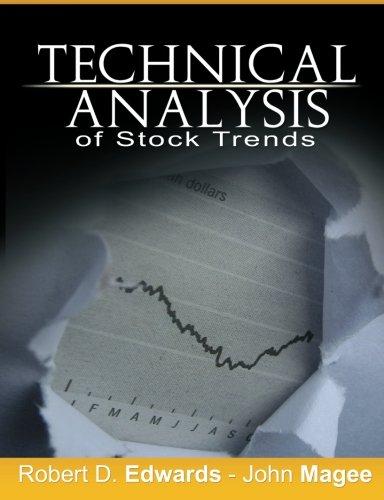Question
In Chapter 16 we learn all about bonds. Page 513 of your textbook contains an article titled Open Sesame - The Story of Alibaba and
In Chapter 16 we learn all about bonds. Page 513 of your textbook contains an article titled "Open Sesame - The Story of Alibaba and the Six Bond Tranches". After reading that article, spend some time thinking about how this information fits in with the information provided in this chapter. Explain to me why Jack Ma and his investment bank chose to break up the bond issue into 5 different tranches. Also explain the benefit of the 6th tranche with a floating rate note denominated in Singapore dollars.
One of the most memorable tales from One Thousand and One Nights is the story of Ali Baba, who opened a door to great riches with the passwords, Open Sesame. China's richest man, Jack Ma, certainly knew the story when he launched the Chinese e-commerce company Alibaba.com in 1999. In September 2014, Alibaba Group Holding executed the largest initial public offering in history, raising $25 billion. Two months later, they were raising capital again in the bond market. Alibaba provides services similar to Amazon and eBay, but its market value is greater than either one. The company's biggest market is China, but it has aspirations to expand and compete all over the world. While the company now has other web portals for business-to-consumer and consumer-to-consumer transactions, the group began with Alibaba.com, now the world's largest business-to-business e-commerce site. Before Alibaba.com, if you wanted to find a Chinese supplier of 5000 tiny electric motors, you needed a contact in China who could visit manufacturers to negotiate a price. Now, you go to Alibaba.com where dozens of suppliers post product availability for 500 or 500,000 units. Alibaba's big bond offering was for $8 billion, but the offering consisted of six tranches. Each tranche was a specific class of bond within the offering with a different due date and different terms. The five fixed-rate tranches were: $1,000 million 1.625% notes due in 3 years $2,250 million 2.500% notes due in 5 years $1,500 million 3.125% notes due in 7 years $2,250 million 3.600% notes due in 10 years $700 million 4.500% notes due in 20 years By spreading out the maturities in the offering, Alibaba locked in its financing costs for several years. The company also issued a sixth tranche of $300 million in floating rate notes denominated in Singapore dollars. One of the challenges faced by multinational corporations is matching financing decisions with their expected operating activities. Alibaba's use of multiple tranches that mixed fixed-rates with floating rates, offered multiple maturities with differing coupon amounts, and promised repayments in a mix of currencies suggests a significant level of financial sophistication, either by the firm or by its investment bank.
Step by Step Solution
There are 3 Steps involved in it
Step: 1

Get Instant Access to Expert-Tailored Solutions
See step-by-step solutions with expert insights and AI powered tools for academic success
Step: 2

Step: 3

Ace Your Homework with AI
Get the answers you need in no time with our AI-driven, step-by-step assistance
Get Started


